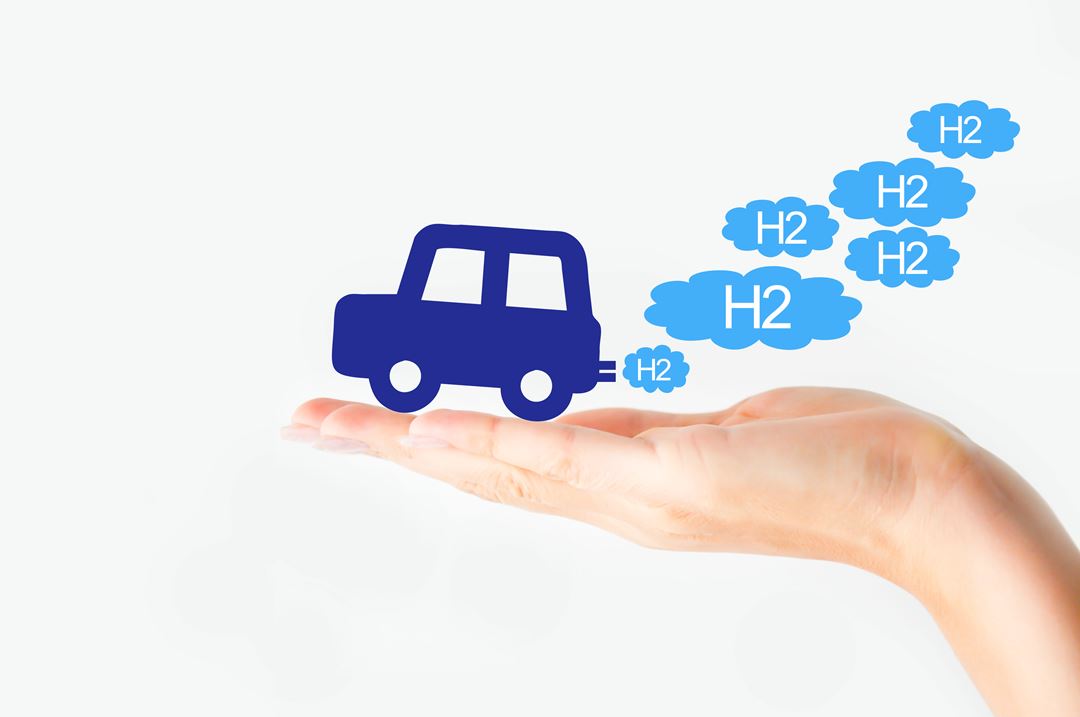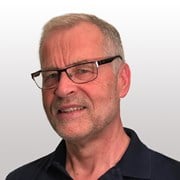Shell's oil refinery at Wesseling in the German Rhineland will soon be the site of the largest green demo project of its kind in the world. It is all part of a project funded by the EU to the tune of NOK 150 million.
Electricity equivalent to the current used to power ten thousand 1000W wall radiators will be used to split water into hydrogen and oxygen using electrolysis. The equipment used for the conversion, a so-called PEM electrolyser, is the largest of its kind ever built.
PEM stands for Polymer Electrolyte Membrane. This type of equipment is especially well adapted to receive supplies of electricity generated from unpredictable solar and wind power sources. In fact, the equipment can adjust its production of hydrogen up or down in response to fluctuating electricity supplies from other sources.
Vital knowledge
"Europe's increasing dependency on solar and wind power will demand the use of storage buffers built into the energy system", says SINTEF researcher Anders Ødegård, who is coordinating the EU project. If the current cannot be used there and then, it must be stored until it is needed. The EU project at Wesseling will provide us with vital knowledge about how hydrogen production will work at large scales using equipment that will be key to the success of buffer storage", he says.
SINTEF has coordinated three previous EU projects that have driven development from small- to large-scale hydrogen production using PEM electrolysis. The new project is one of seven new hydrogen projects about which SINTEF and its partners are currently in contract negotiations with the EU.
Taken together, these contracts are worth more than NOK 40 million to SINTEF", says Executive Vice-President Eli Aamot.
Green fuels and green chemicals
The hydrogen produced during the EU Rhineland project will be used mainly as fuel for the refinery. But hydrogen can also be used as fuel for cars, trains and ships, as well as a raw material in the chemicals industry.
"The project will provide us with important new knowledge about new business models and value chains involving the use of hydrogen", says Ødegård.
Read more in a press release from Shell
About FCH 2 JU: The Fuel Cells and Hydrogen Joint Undertaking is a unique public-private partnership that supports research, technology development and demonstration projects using fuel cell and hydrogen technology in Europe. The aim is to accelerate the introduction of these technologies to the market, and to fulfil their potential as means of achieving a carbon-poor energy system. The three members of the FCH 2 JU are the European Commission, the fuel cell and hydrogen industry (represented by Hydrogen Europe) and the research community (represented by N.ERGHY).


